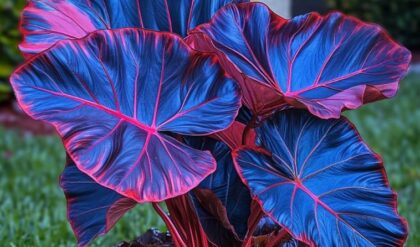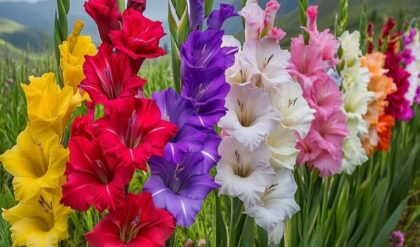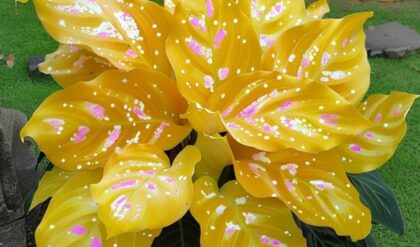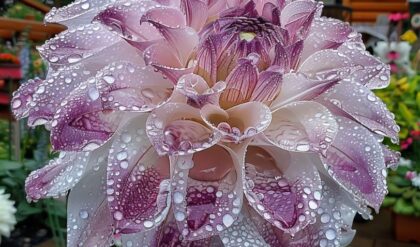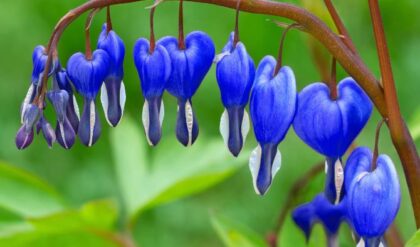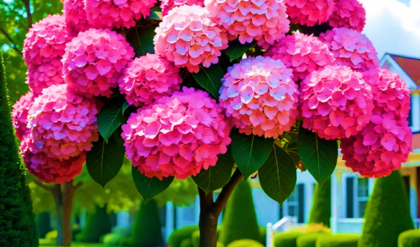The Lily of the Valley, scientifically known as Convallaria majalis, is a captivating and fragrant flower that has long been revered for its beauty, symbolism, and cultural significance. Beyond its delicate, bell-shaped blooms and sweet fragrance, this perennial plant holds a multifaceted appeal, with a rich history and diverse applications that extend far beyond the realm of horticulture.
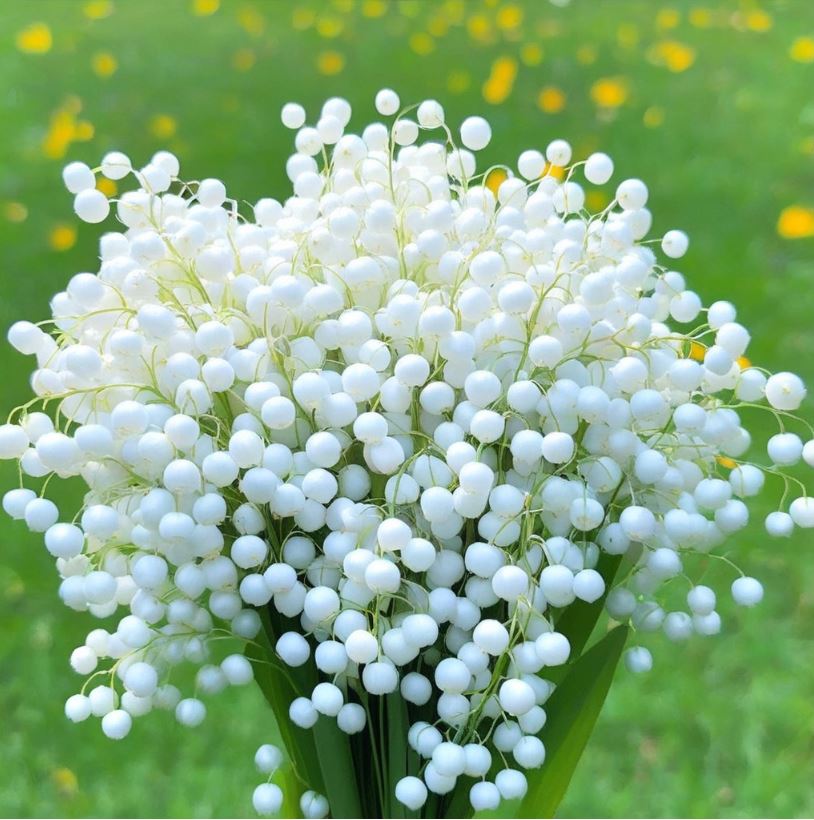
Botanical Characteristics: Unveiling the Allure of Lily of the Valley
Appearance and Growth
The Lily of the Valley is a delicate, yet resilient plant that typically reaches a height of around 25 cm. Its distinctive feature is the nodding, bell-shaped flowers that emerge in spring, adorning the plant with an enchanting display of pure white blossoms. These flowers are renowned for their captivating fragrance, which has made them a beloved choice for floral arrangements and garden landscapes alike.
Through an intricate network of underground rhizomes, the Lily of the Valley forms extensive colonies, creating a lush, carpeted appearance that evokes a sense of tranquility and natural beauty. The transition from the pristine white flowers to the deep red berries that develop later in the season adds an element of visual diversity to the plant, further enhancing its appeal.
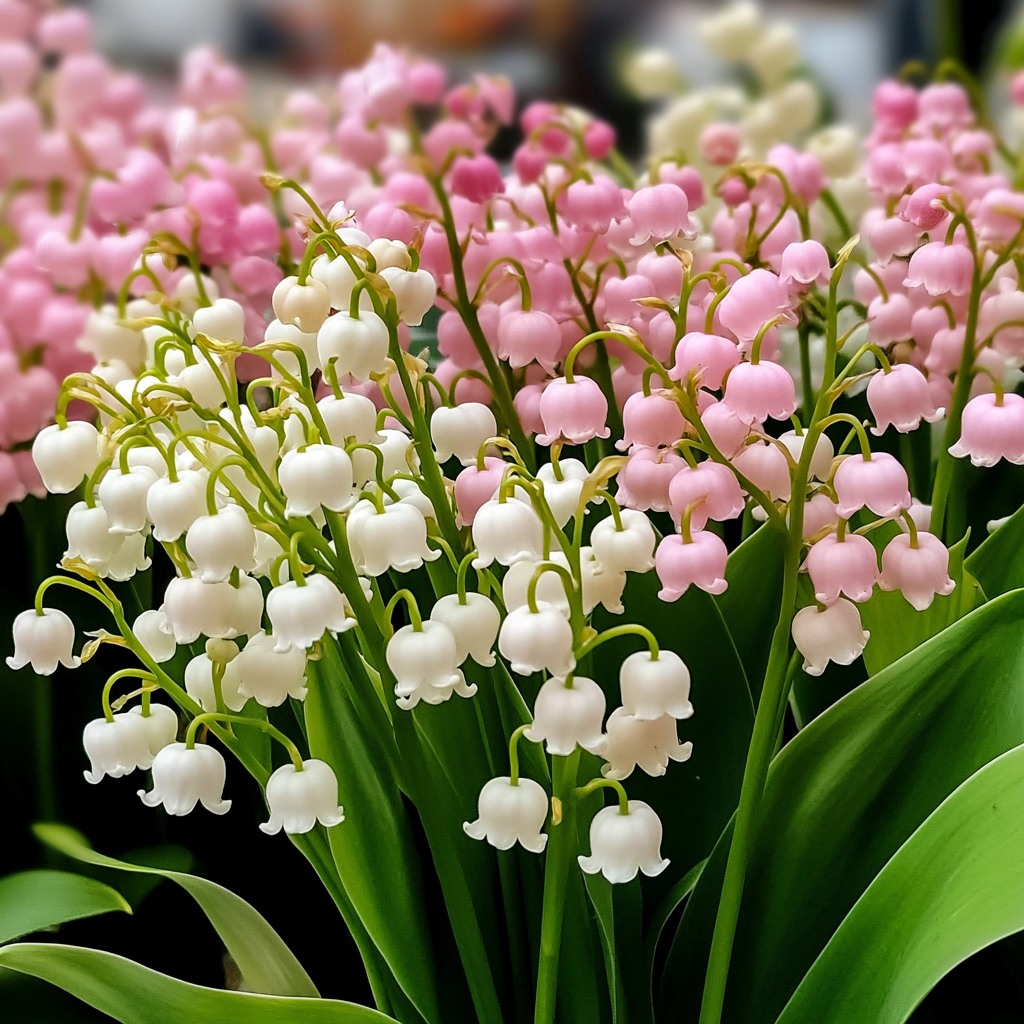
Poisonous Nature: A Captivating Duality
While the Lily of the Valley is undoubtedly a sight to behold, it is essential to be aware of its darker side. This captivating flower is not just lovely; it is also highly poisonous if ingested. Every part of the plant, from the leaves to the berries, contains cardiac glycosides, which can lead to serious health complications if consumed.
This juxtaposition of beauty and danger is a striking feature of the Lily of the Valley, serving as a metaphor for the complex and often contradictory nature of the human experience. Just as some of the most alluring characters in literature harbor darker secrets, the Lily of the Valley reminds us that true beauty can sometimes conceal hidden perils.
This duality can evoke a range of responses in those who encounter the flower. Admiration and appreciation can be intertwined with a sense of caution and even trepidation, as the knowledge of its toxicity tempers the initial enchantment. This interplay between attraction and apprehension is a testament to the power of the Lily of the Valley to captivate and intrigue.
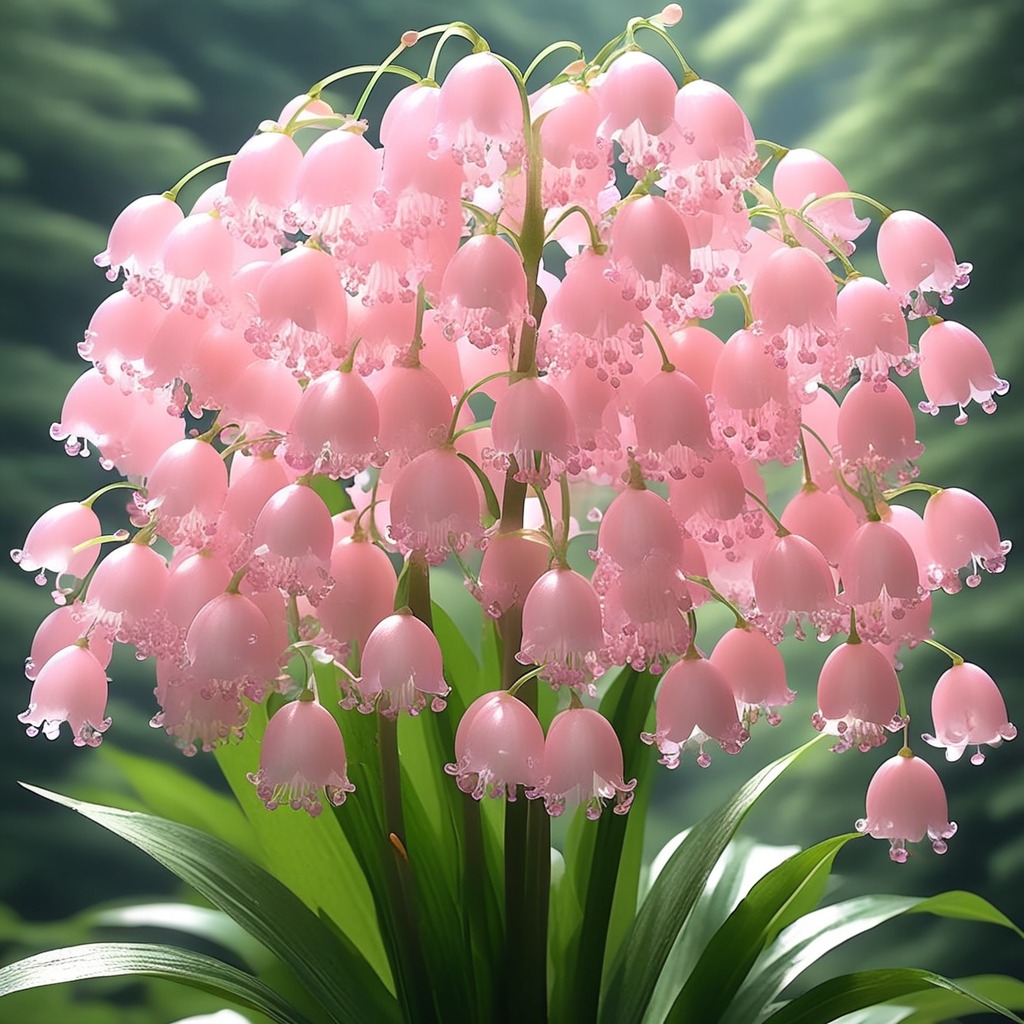
Cultural Significance: The Symbolic Resonance of the Lily of the Valley
Symbolism and Tradition
Historically, the Lily of the Valley has held deep symbolic significance in various cultural traditions. Often associated with the return to happiness and purity, the flower has been a popular choice for wedding celebrations, where its connotations of humility and innocence are particularly meaningful.
In many cultures, the Lily of the Valley is also seen as a symbol of sweetness, motherly love, and the delicate beauty of life. This symbolic resonance has made the flower a fixture in celebrations and rituals that honor these cherished values, further cementing its place in the collective consciousness.
The Flower of Hope and New Beginnings
Beyond its associations with purity and love, the Lily of the Valley has also been imbued with a sense of hope and new beginnings. In various societies, these blossoms have been used to represent the promise of joy and the potential for a fresh start.
Consider, for instance, the image of a bride carrying a bouquet featuring Lily of the Valley. This gesture can evoke sentiments of new beginnings and the anticipation of a joyful future, even as the underlying risk present in the flower’s toxicity challenges any romantic notions. The Lily of the Valley, then, exists on a beautiful precipice, appealing and captivating, yet serving as a subtle reminder to tread carefully.
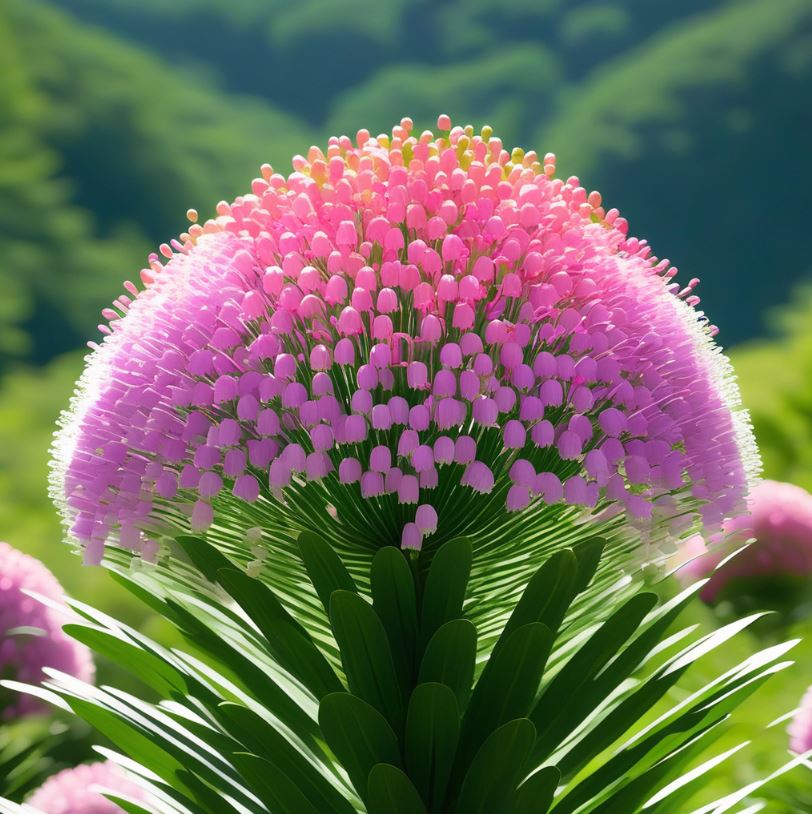
Artistic Inspirations: The Flower as Muse
The aesthetic allure of the Lily of the Valley has transcended the realm of gardening and horticulture, making its way into the realms of art, literature, and music. This flower has inspired countless works that explore themes of fleeting beauty, longing, and the vulnerable yet exquisite nature of life.
In jazz compositions or paintings, the presence of the Lily of the Valley often reflects complex emotions, from nostalgia and melancholy to the sweetness of ephemeral moments. Just as this flower speaks to the human experience, lovingly wrapped in a soft petal, it compels artists to reflect on the fragility and impermanence that underlie the most profound moments of beauty.
Growing and Caring for Lily of the Valley: Nurturing the Enchantment
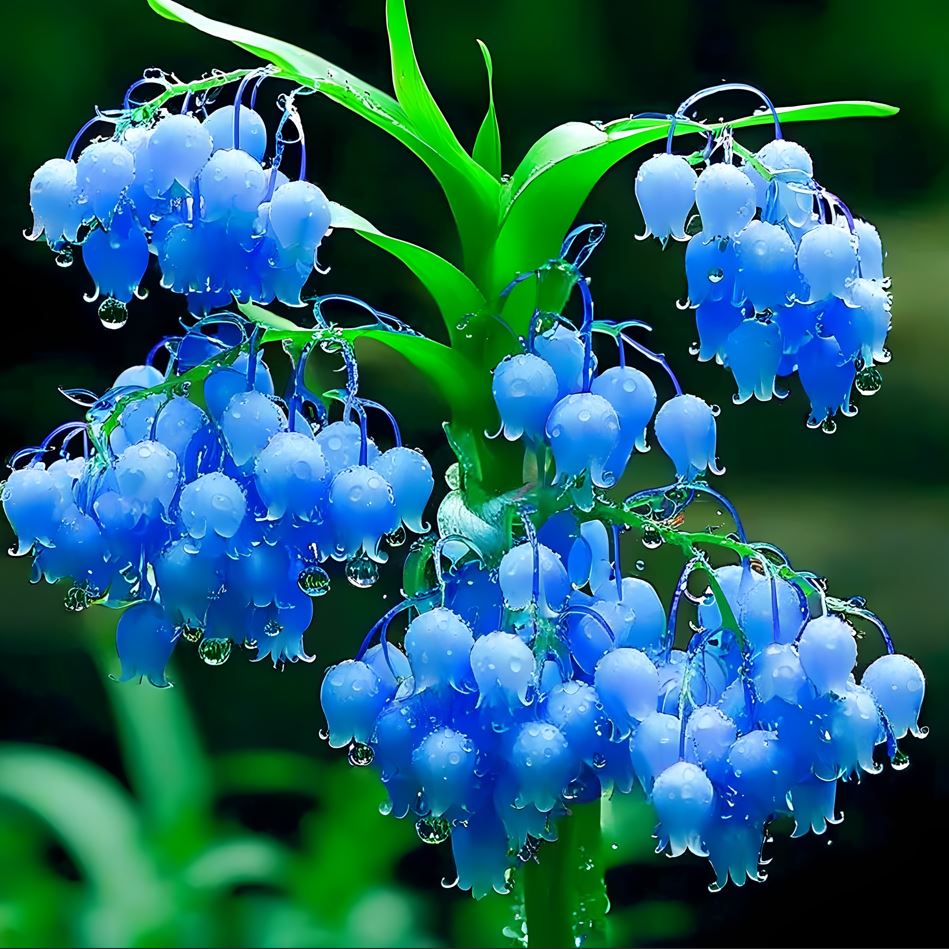
Cultivating the Enchanting Bloom
Growing Lily of the Valley can be a rewarding and enriching experience for gardeners and horticulturists alike. These plants thrive in shaded areas and prefer moist, well-drained soil, making them an ideal choice for creating lush, verdant carpets under the canopy of trees.
The ease with which Lily of the Valley spreads through its underground rhizomes can be both a blessing and a challenge. While this growth habit allows for the creation of breathtaking gardens, it also requires careful management to prevent the plant from becoming overly dominant and disrupting the delicate balance of the landscape.
Balancing Growth and Beauty
In cultivating Lily of the Valley, gardeners must navigate the fine line between controlling their spread and allowing the natural beauty of the flower to flourish. This conflict becomes a metaphor for personal growth, as it requires the ability to nurture one’s essence while also managing external expectations and constraints.
Adopting methods that don’t disrupt the plant’s intrinsic allure is crucial in this endeavor. By striking the right balance, gardeners can create enchanting displays that celebrate the Lily of the Valley’s inherent charm while maintaining a sense of order and harmony within the garden.
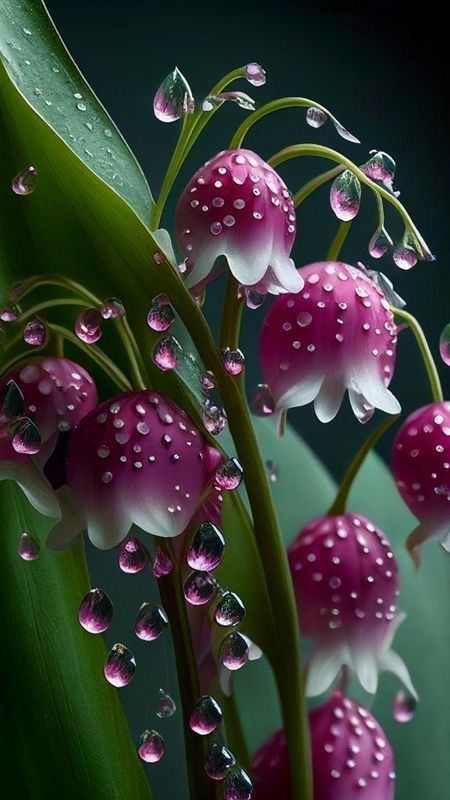
The Challenge of Harnessing Nature’s Duality
The cultivation of Lily of the Valley also serves as a reflection on the broader relationship between humanity and the natural world. Just as this flower represents a captivating duality of beauty and danger, the process of growing and caring for it underscores the need for a thoughtful, educated approach to harnessing nature’s gifts.
In a sense, the challenge of nurturing Lily of the Valley becomes a microcosm of the larger quest to reconcile the potential benefits and risks inherent in the natural environment. By understanding and respecting the complexities of this plant, gardeners can gain insights that inform a more nuanced and responsible relationship with the natural world.
Healing Properties and Aromatics: Exploring the Paradoxical Nature of Lily of the Valley
Medicinal Potential and Caution
While the Lily of the Valley is renowned for its ornamental beauty, it has also been the subject of scientific scrutiny for its potential medicinal applications. Certain compounds found within the plant, particularly the cardiac glycosides, have been studied for their potential in addressing heart-related conditions.
However, it is crucial to remember that the ingestion of Lily of the Valley can be extremely hazardous, as it contains highly toxic substances. This paradoxical nature – a natural remedy mingling with peril – underlines the ancient belief in nature’s duality, capable of providing both cures and hazards.
Harnessing the Compounds Responsibly
Imagine a scenario where the therapeutic compounds of the Lily of the Valley could be harnessed in a controlled, medical environment. This prospect could redefine our approach to holistic healing, emphasizing the need for careful, educated exploration rather than blind trust in nature’s offerings.
By gaining a deeper understanding of the plant’s biochemical properties and the mechanisms behind its potential benefits, researchers and medical professionals could explore the possibilities of developing safe and effective treatments. This would require a thoughtful and methodical approach, one that acknowledges the inherent risks while seeking to unlock the hidden potential within the Lily of the Valley.
The Allure of the Lily’s Fragrance
In addition to its medicinal potential, the Lily of the Valley is also revered for its captivating fragrance. The sweet, floral aroma of the blossoms has long been a source of delight, inspiring the creation of perfumes, candles, and other aromatic products that seek to capture the essence of this enchanting flower.
The allure of the Lily of the Valley’s fragrance transcends its physical form, becoming a catalyst for emotional and sensory experiences. The scent can evoke memories, stir nostalgia, and even influence mood and well-being, underscoring the deeper connections between the natural world and the human experience.
Conclusion: The Enduring Enchantment of the Lily of the Valley
The Lily of the Valley is a flower that captivates the senses and the imagination, its allure spanning the realms of botany, culture, art, and even science. From its delicate, bell-shaped blooms to its rich symbolic resonance and potential medicinal applications, this plant embodies a captivating duality that continues to fascinate and intrigue.
As we explore the multifaceted aspects of the Lily of the Valley, we are reminded of the complex and often contradictory nature of the natural world. By embracing this complexity and seeking to understand the plant’s various dimensions, we can gain valuable insights that inform our relationship with the environment and the pursuit of holistic well-being.
Whether admiring the Lily of the Valley in a verdant garden, appreciating its symbolic significance in cultural traditions, or contemplating its therapeutic possibilities, one thing remains clear: this enchanting flower will continue to captivate and inspire for generations to come.
